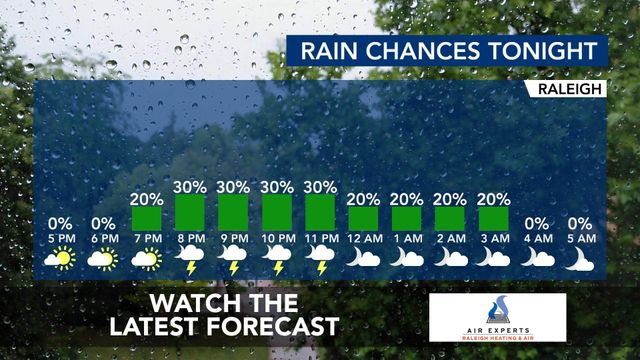Coronavirus precautions, less air travel could lead to mild flu season
For weeks, the warnings of a so-called "twindemic" of coronavirus and seasonal flu have been dire.
"I just think we need to hunker down this fall and winter because it’s not going to be easy," said Dr. Anthony Fauci, director of the National Institute of Allergies and Infectious Diseases.
Fauci's sentiment has been echoed around the world, with Canadian Prime Minister Justin Trudeau predicting "a fall that could be much worse than the spring."
So WRAL Investigates looked at how countries in the Southern Hemisphere, which are just coming out of winter, handled coronavirus and flu at the same time.
The results are somewhat encouraging, but there’s still plenty to worry about, said Pia MacDonald, an epidemiologist with RTI International in Research Triangle Park.
North Carolina’s inability to reduce the daily growth in coronavirus cases – the caseload has remained fairly flat and never really peaked and declined – puts the state in a precarious position, MacDonald said.
"We never got it down to a very low level like you see in other states, where they really did get it under more control." she said. "The sheer number that we have every day makes us very much at risk for rapid, rapid, explosive growth of this outbreak."
Still, there is some favorable news when it comes to battling the virus, she said: "It seems like there’s not important changes in how it’s mutating that would lead to a second wave of a very different virus."
Also, the masks and social distancing that have taken hold in recent months to limit the spread of the virus will also combat the spread of flu, she said.
Each year, the flu virus migrates from the Southern Hemisphere to the Northern Hemisphere. But this year, MacDonald said, it may have more difficulty getting to the Americas, Europe and Asia,
"With the incredible reduction in travel to the Southern Hemisphere and back again to the Northern Hemisphere, there have been major reductions in influenza," she said.
Flu-tracking data from the World Health Organization backs that up.
Australia flu rate essentially flat-lined compared with previous years, with some estimates that it’s 90 percent lower than last winter. The same story played out in South Africa, Chile and even Brazil, which was one of Southern Hemisphere countries hardest hit by the coronavirus.
Despite the massive reductions in flu, the coronavirus alone could still make for a rough winter if people start to relax after months of restrictions, MacDonald said.
"What I’m most concerned about is people changing their behavior. I’m not as concerned about the virus," she said.
Several states are already showing signs of trouble, with infection rates in Wisconsin, the Dakotas, Iowa, Nebraska and Utah already heading in the wrong direction.
Even with less international travel, MacDonald warned that holiday travel within the U.S. could cause problems by bringing the virus to states that beat it down – or sending some states over the edge that already have high caseloads, such as North Carolina.
Most public health experts said they think mask wearing will continue through the winter, even if vaccines for both flu and coronavirus are widely available, because not everyone gets vaccinated. The Centers for Disease Control and Prevention estimates only 45 percent of Americans get flu shots. Concerns over the safety and availability of a potential coronavirus vaccine could see that participation level drop to only 25 percent across the U.S.












